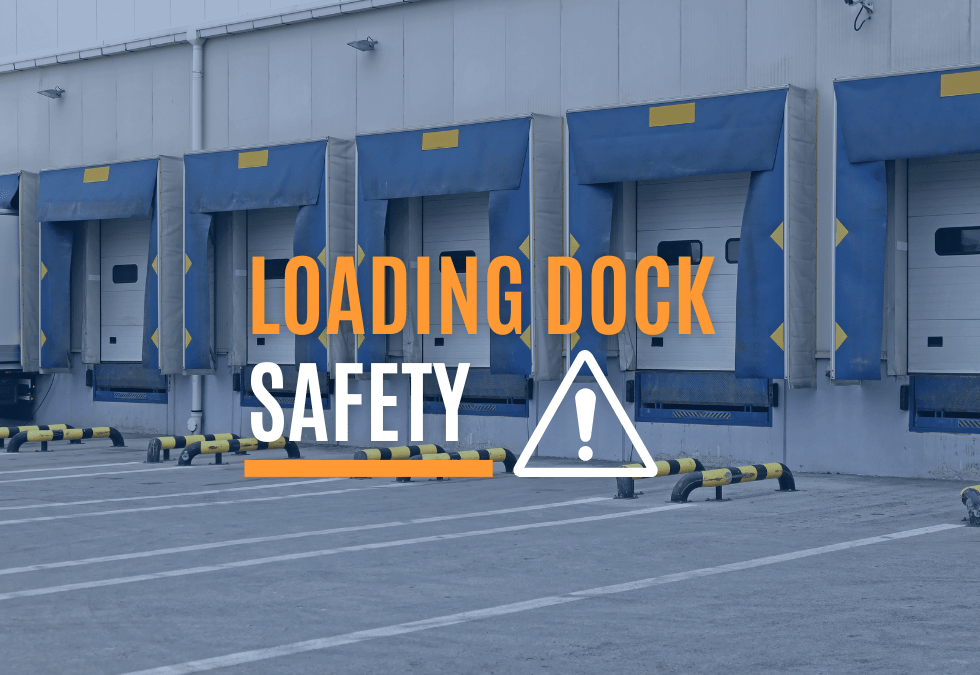Loading docks account for 25% of all reported warehouse injuries, and considering that for every accident there are hundreds of near misses, it’s safe to say that loading docks are notoriously unsafe. Thankfully, many accidents are preventable with proper safety practices in place.
As shipping volumes increase, there is bound to be more traffic and workers, resulting in more room for error and thus, an increase in preventable accidents. Remember that accident prevention can stop you from having to face fines, lawsuits, delays, workers’ compensation claims, and interruptions to productivity. Take note and start preparing your teams to avoid costly mistakes and prevent anyone from getting seriously hurt.
According to the Occupational Safety and Health Administration (OSHA) about 35,000 injuries are caused by forklifts and other powered industrial equipment, each year. Other factors like rain and snow can also contribute to accidents, due to floors becoming slippery and increasing the chances of falling. Companies are also feeling pressured to speed up distribution due to the introduction of the ELD mandate, which means that we are seeing more dock workers being expected to work at a quickened pace, to ensure that products are constantly moving. Of course, this approach also increases the likeliness of accidents.
Tips for Loading Dock Safety
- Use tape to clearly mark the floor making it easy to identify where walking is off limits. This helps prevent employees from being hit by forklifts or other heavy machinery.
- Communicate with drivers by using visual dock communication like the traditional red/green, stop/go signal, to say when it is safe for vehicles and machinery to enter, or whether they should halt for passing equipment.
- Avoid the trailer from separating from the dock accidentally by using locking devices on every truck that comes to the loading dock.
- Introduce a regular cleaning schedule to help eliminate common hazards like spillage, or debris left on the floor to prevent slips, trips, and falls that take place around the loading dock area.
- Remember to secure loose products as larger products may fall and injure workers when lifting and smaller products can become a hazard and cause someone to trip and fall.
- Make sure that only authorized employees are handling heavy machinery not only to prevent accidents but ensure that you are abiding by the law.
- Require staff and workers to take a short course to learn the appropriate protocols and guidelines for working on a loading dock, keeping your workers well-informed.
With these tips implemented, loading docks will be safe!

